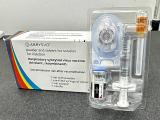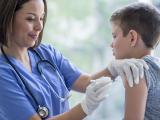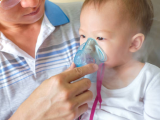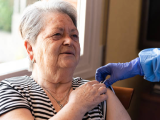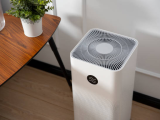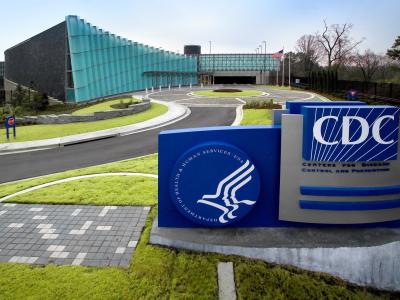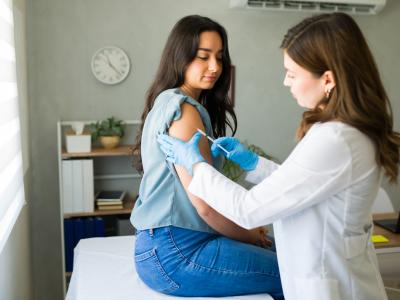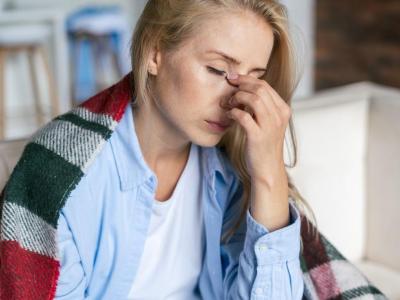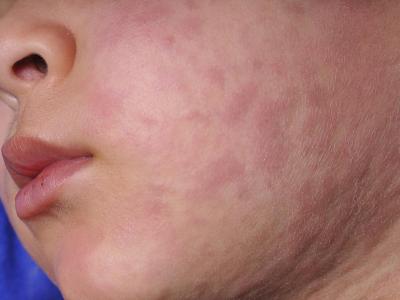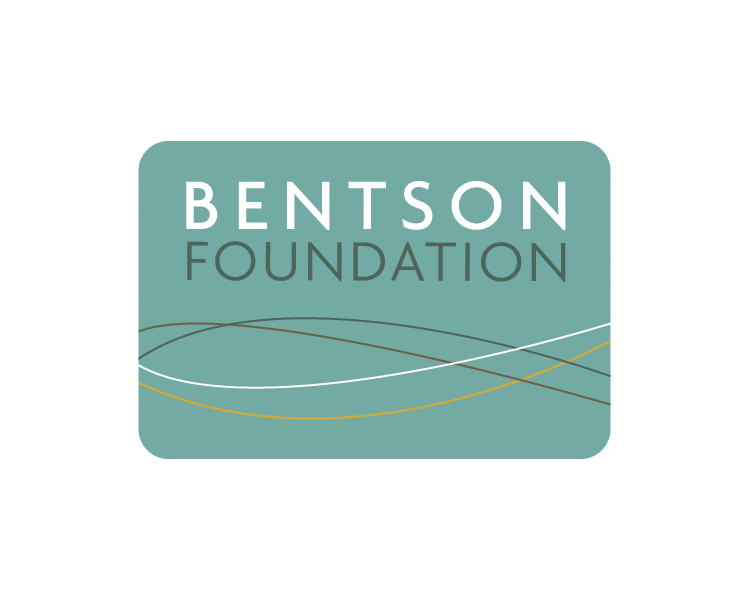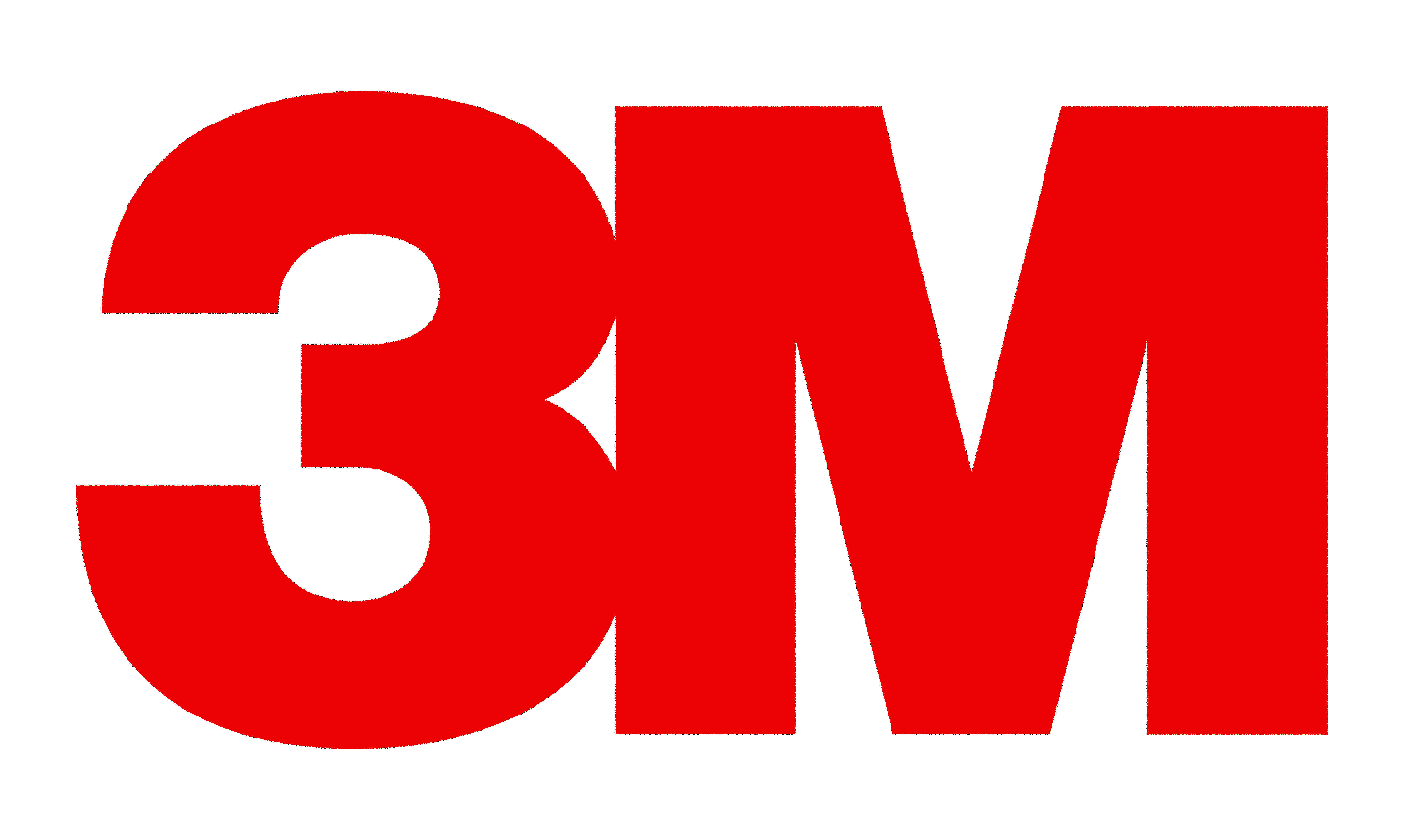The long-acting monoclonal antibody nirsevimab (Beyfortus) protects children younger than 2 years from respiratory syncytial virus (RSV) infection for up to 1 year but may not do so beyond that period, suggests a large real-world study published yesterday in the Journal of Infection.
The researchers, however, cautioned that the small sample size of children who received nirsevimab at least 12 months before may have limited the ability to detect significant results past 1 year.
In October 2025, investigators in Japan and Belgium used the TriNetX global database to analyze 216,646 children's RSV test results from July 2023 to June 2025. The test results of children who received their last dose of nirsevimab in the last 6 months, between 6 and 11 months, and after 12 months were compared with those of non-nirsevimab recipients by epidemic season.
Lack of active immunity after RSV infection
After propensity score matching, RSV infection was confirmed in 8.5%, 8.0%, and 20.7% of children who received nirsevimab within 6 months, from 6 to 11 months, and beyond 12 months before RSV testing, respectively, while 16.6%, 17.7%, and 17.3% of those who didn't receive nirsevimab were infected in each corresponding period.
Given that nirsevimab provides passive immunity, the population with a history of nirsevimab, to whom the passive immunity provided by nirsevimab waned, may be more vulnerable to RSV infection than those who have never received any passive immunity.
Relative to those who didn't receive nirsevimab, the risk of a positive RSV test result among those who received the drug within 6 months or from 6 and 11 months was lower than that of those who received it beyond 12 months in the last epidemic season (odds ratios [ORs], 0.49, 0.67, and 1.21, respectively).
A subgroup analysis showed that the protective effect of nirsevimab was not statistically significant during the non-epidemic season due to smaller sample sizes during those periods.
"One of the potential factors which could have affected the results in this group was the lack of active immunity after natural RSV infection in the nirsevimab group compared to the no-nirsevimab group," the authors wrote.
"Given that nirsevimab provides passive immunity, the population with a history of nirsevimab, to whom the passive immunity provided by nirsevimab waned, may be more vulnerable to RSV infection than those who have never received any passive immunity," they added.
Implications for dosing schedule
The findings have implications for scheduling repeat dosing in eligible children, the study authors said. "Currently, the second dose of nirsevimab for eligible children with high-risk comorbidities is often administered during the second season, with a minimum interval of 5–6 months," they wrote. "In some regions, the RSV epidemic is year-round, where repeat dosing of nirsevimab at 5–6-month intervals can be costly."
The results need to be interpreted with caution owing to the inability to identify children whose mothers were vaccinated against RSV during pregnancy, potential missing documentation of nirsevimab administration, and residual confounding factors after propensity score matching.
The authors called for future studies on the long-term effectiveness of nirsevimab against RSV hospitalization, intensive care unit admission, and death.



